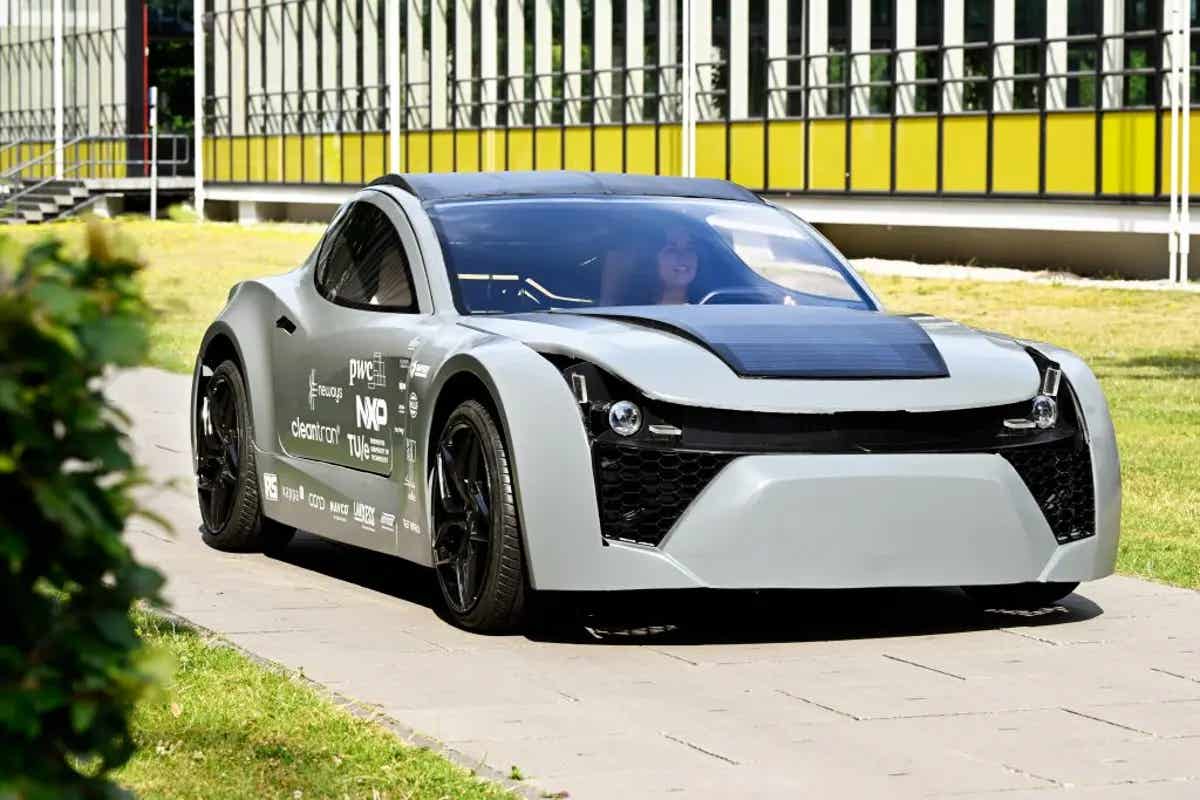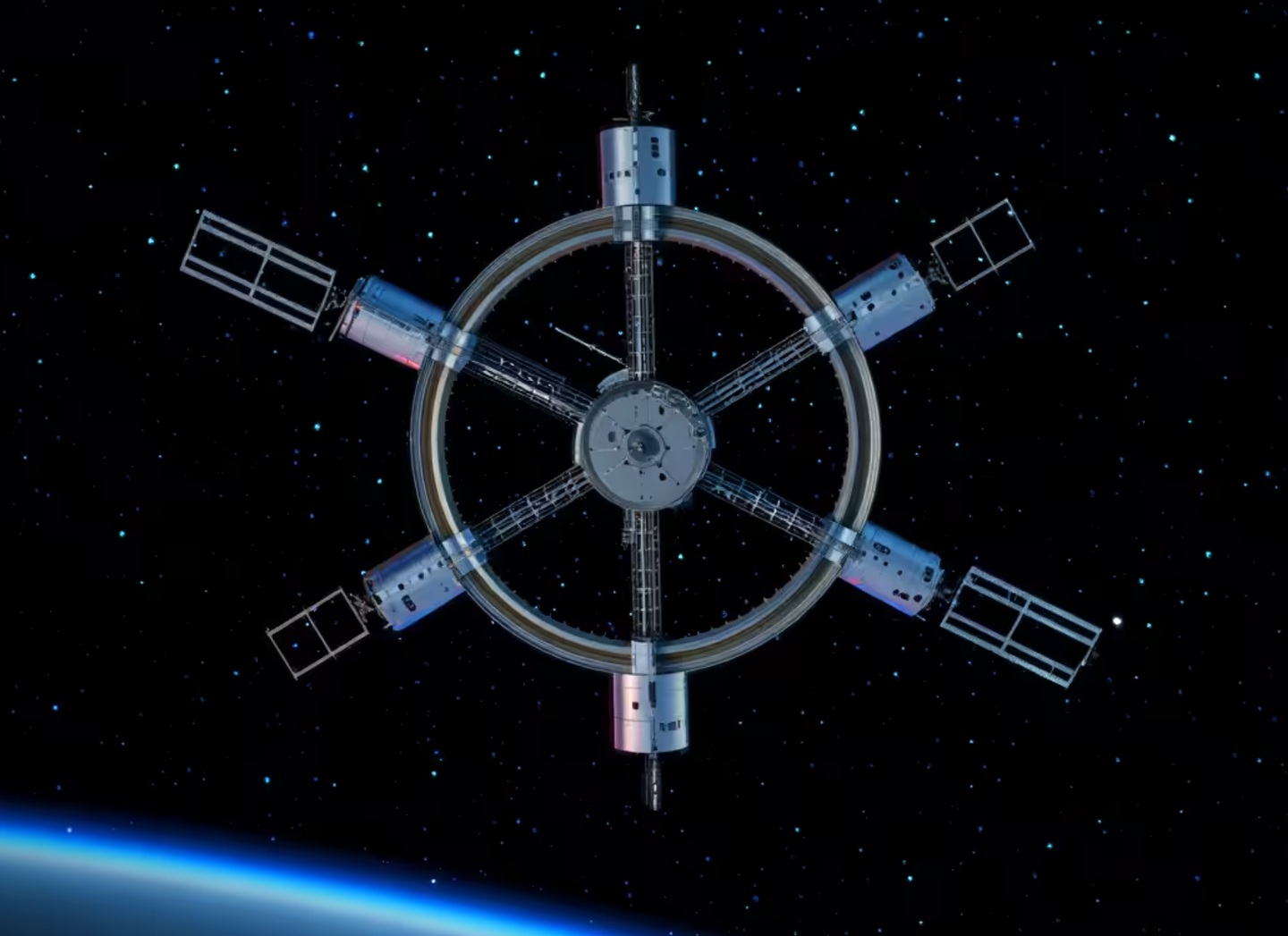Groundbreaking solar-powered car sucks up air pollution as it drives
According to the team’s estimates, the ZEM uses two filters that can capture up to 2kg (about 4.4 lbs) of CO2 as the EV travels 20,000 miles

[June 2, 2023: Staff Writer, The Brighter Side of News]
According to the team’s estimates, the ZEM uses two filters that can capture up to 2kg (about 4.4 lbs) of CO2 as the EV travels 20,000 miles. (CREDIT: Creative Commons)
Eindhoven University of Technology in the Netherlands is making waves in the automotive industry with their latest invention: the Zero Emission Mobility (ZEM) vehicle, a fully electric vehicle that captures carbon dioxide (CO2) as it drives. Led by team leader Louise de Laat, 35 students created the ZEM, which features a unique filter that captures CO2 and cleans the air as it moves.
According to the team’s estimates, the ZEM uses two filters that can capture up to 2kg (about 4.4 lbs) of CO2 as the EV travels 20,000 miles. While this may not seem like much, around 10 ZEMs can absorb around as much carbon as an average tree.
The ZEM’s carbon capture filter is currently in the process of obtaining a patent, with plans to increase its capacity in the coming years. The team also aims for carbon neutrality across the ZEM’s entire life cycle, with most of its parts 3D printed using recycled plastics to cut down emissions during creation.
The ZEM is powered by a Cleantron lithium-ion battery pack and is a sporty-looking two-seater that looks something like a cross between a Tesla Roadster and Alfa Romeo coupe. Its most unique feature, however, is the ability to capture carbon.
Related Stories:
The students are currently on tour around the United States, stopping by universities and businesses to showcase the ZEM’s capabilities. They hope that their new carbon-capturing EV will inspire a new trend in the industry.
Team member Nikko Okkels says, “We want to tickle the industry by showing what is already possible. If 35 students can design, develop, and build an almost carbon-neutral car in a year, then there are also opportunities and possibilities for the industry.”
Carbon-capture technology has been a priority for years as businesses and government leaders look to reduce emissions. Transportation is the leading contributor to greenhouse gas emissions across the United States, Canada, the UK, and most developed countries, particularly passenger vehicles and heavy-duty commercial trucks.
Student team TU/ecomotive stand next to the Zero Emission Mobility (ZEM) car. (CREDIT: Reuters)
Applying carbon-capture methods like the ZEM to the automotive industry could have significant potential in reducing emissions. Direct air capture (DAC) is a method that pulls CO2 from the air, which could push carbon emissions into negative territory. However, implementing this technology has been costly.
If the team behind the ZEM can partner with governments and private companies to bring the carbon-capture filter used in their EV to the mass market, it could help make a significant difference in the transportation industry.
According to the International Energy Agency, there are currently 19 direct-air-capture plants globally, absorbing more than 0.01 Mt CO2/year. The technology is one of few that can remove CO2 directly from the air, which will be critical as nations transition to net zero carbon.
The ZEM has already garnered attention from major automotive companies, with BMW recently announcing plans to use recycled fishing line in its new EV lineup, following the ZEM’s lead in using recycled materials to reduce emissions during production.
Student team TU/ecomotive stand next to the Zero Emission Mobility (ZEM) car (CREDIT: Reuters)
The ZEM team’s goal is to inspire other automakers to follow their lead and create more carbon-neutral vehicles. With the potential to significantly reduce carbon emissions in the transportation industry, the ZEM and its carbon-capture filter could be a game-changer for the environment.
However, there are still challenges that need to be addressed before the technology can become widespread. Carbon capture technology is still expensive and requires a significant amount of energy to operate, which can offset the benefits of capturing carbon.
Infographic, made by Indall, presenting the core information about the ZEM concept car. (CREDIT: Indall)
Additionally, there are concerns about the storage and disposal of captured carbon. While the ZEM team aims for carbon neutrality across the vehicle’s life cycle, it’s unclear how the captured carbon will be disposed of and whether it will have any negative environmental impacts.
Despite these challenges, the ZEM team’s innovation and commitment to sustainability are inspiring. By pushing the boundaries of what’s possible in the automotive industry, they are paving the way for a more sustainable future.
For more science news stories check out our New Innovations section at The Brighter Side of News.
Note: Materials provided above by The Brighter Side of News. Content may be edited for style and length.
Like these kind of feel good stories? Get the Brighter Side of News' newsletter.



